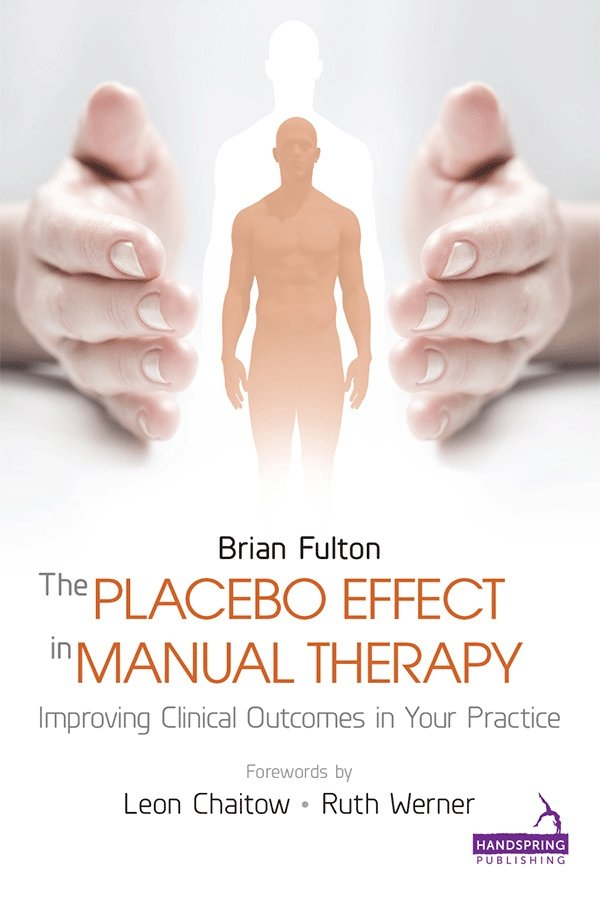The Placebo Effect in Manual Therapy
Improving clinical outcomes in your practice
- ISBN: 9781909141292
- 2015, 296 pages
49,95 €
incl. VAT
plus shipping costs
Depending on the delivery address VAT may vary at checkout.
Delivery time: ca. 5 - 10 Tage/days
Description
Numerous studies have made the placebo effect the most-studied healing phenomenon known to mankind.
In The Placebo Response in Manual Therapy Brian Fulton has drawn on these studies to provide an essential resource for all practitioners who work on a one to one basis with their clients.
Those manual therapists who learn from this book will find that their new understanding can lead to improved clinical outcomes for their clients.
The Placebo Response in Manual Therapy presents a knowledge-based approach to augmenting your patients own healing systems.
It explains how to:
maximize the placebo response in your patients, using knowledge from 60 years of research, turn on an individual`s inner healing system, even with challenging patients, increase your success rate and your patients health outcomes within your current methods of practice, use the client-practitioner relationship as a technique for improving health outcomes in your patients based on research concerning the therapeutic encounter.
The placebo effect of touch is an important factor in the effectiveness of all manual therapy treatments.
However most manual therapists are not taught how to make use of the placebo response and many remain unaware of its potential and unsure of how to harness it as part of their therapy.
This book is for them. With forewords by Leon Chaitow and Ruth Werner.
Table of Contents:
Forewords
Leon Chaitow
Ruth Werner
Preface
Acknowledgements
Introduction to the book
Part 1 Understanding the Placebo Effect
Definition of a Placebo
Enter the Placebo
A Historical Perspective
The Nature of Belief
Body/Mind Medicine
Performance of the Placebo
Do Placebo Effects Last?
Objective Results from Placebos
The Nocebo
Criticism of the Placebo Effect
Biological Pathways and Theories
The Placebo Responder
Ethics and Informed Consent
Part 2 Concepts and Application
Introduction to Part 2
Conditioning
Expectancy
Motivation and Desire
Trust
The Power of Listening
Feelings of Care and Concern from the Practitioner
Establishment of a Feeling of Control
Reducing your Patients Anxiety Levels
Receiving Adequate Explanation of the Pathology
The Narrative: How We Make Sense of the World
Acceptance of the Mystery of Healing
Certainty of the Patient
Time Spent By the Practitioner
Use of Ritual
The Clinicians Persona
Clinical/Healing Environment
Practitioners Use of Humor
Helping Patients Maximize Their Own Healing Response
Conclusions
Part 3 Perspectives on Healing
Introduction to Part 3
Where Do We Go from Here?
Quantum Healing
Appendix: Developing Strong Social Support
References and Further Reading
Index.
Author



